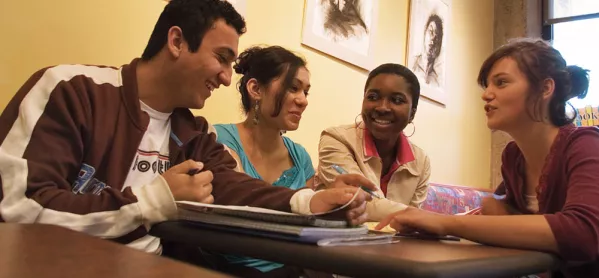The proportion of students coming from lower socio-economic backgrounds at some of the UK’s leading universities has fallen in the past decade, despite attempts to boost numbers.
The overall proportion of more disadvantaged students starting at a Russell Group university has stalled in the past 10 years, an analysis of official data shows.
The findings come weeks after Prime Minister David Cameron warned educational institutions they need to do more to tackle social inequality.
On average, students from poorer backgrounds made up around one in five entrants (20.8 per cent) to Russell Group universities in 2014-15, compared with 19.5 per cent a decade ago.
One charity leader said it was “worrying” that the gap between those from lower socio-economic backgrounds and those from more affluent backgrounds has widened at some universities.
Out of the 24 Russell Group universities, Oxford had the lowest proportion of entrants from lower social backgrounds at one in 10, the analysis shows, followed by Cambridge with 10.2 per cent.
Ten years ago, students from lower socio-economic backgrounds made up around one in eight Oxbridge entrants.
The analysis looked at the proportion of students entering universities from National Statistics Socio-Economic Classification groups 4-7, which roughly translates as coming from families from traditionally “working class” occupations.
Queen Mary University of London had the highest proportion with more than a third of entrants (37 per cent) from lower socio-economic backgrounds.
Almost a third of Russell Group universities - seven institutions across the UK - have seen a drop in the proportion of poorer entrants in the past decade, the analysis shows.
Exeter has experienced the biggest fall, down 2.6 percentage points compared with 2004-05.
The analysis by the Press Association is based on data published by the Higher Education Statistics Agency (HESA) for the past 10 years. HESA has announced it is discontinuing using the socio-economic measures in future.
‘More needs to be done’
The falls come despite attempts by universities and successive governments to widen access to higher education - particularly the most selective institutions.
Wendy Piatt, director-general of the Russell Group, said that last year 1,760 more students from low socio-economic backgrounds went to a Russell Group university than in 2009.
Oxford said it is working towards its own legally binding targets with the Office for Fair Access and that it is focusing on categories of disadvantage rather than school type or self-reported socio-economic class.
A University of Exeter spokesman said: “We are deeply committed to widening participation and engaging and inspiring disadvantaged students.”
Want to keep up with the latest education news and opinion? Follow TES on Twitter and like TES on Facebook




